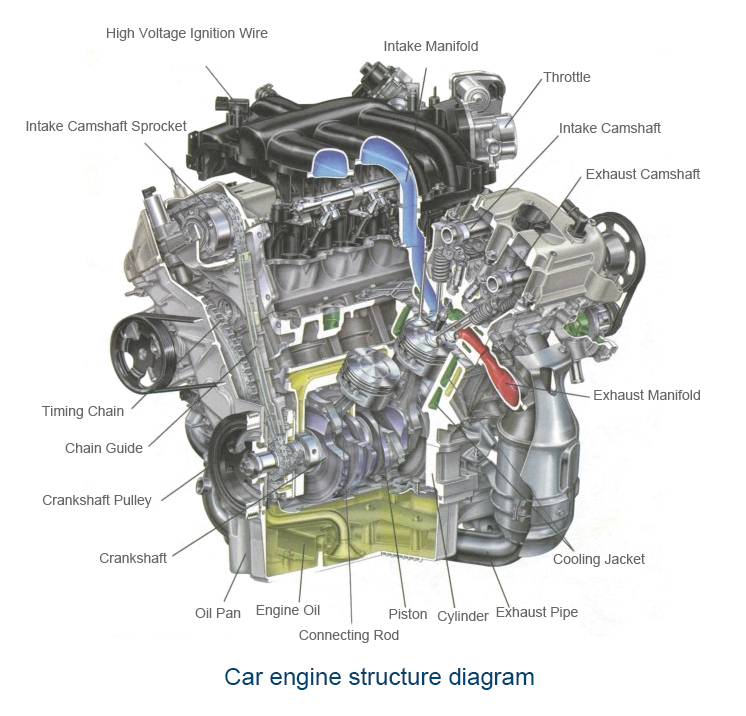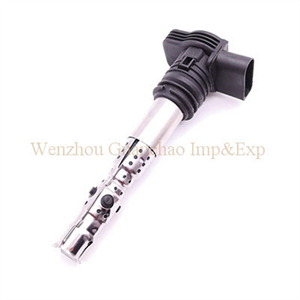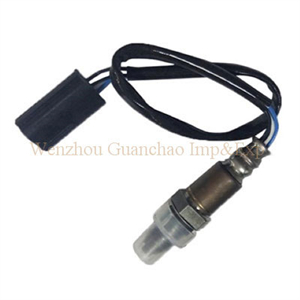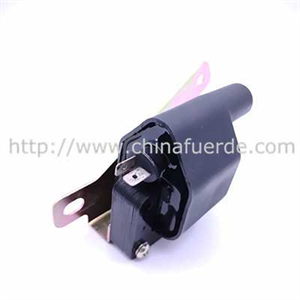Car engine parts manufacturer tells you about the structure of automobile engine
Datetime: 06/12/2022 03:00 Visit: 3406
Car engine parts manufacturer tells you about the structure of automobile engine,the power of a car comes from its "heart", that is, the engine, so what is the "heart" of the engine? Cylinder!
The cylinder is the source of driving force for the car. No matter how high the speed the car can reach, how steep it can climb, or how heavy the load can be, all power comes from the inside of the cylinder. It is because the fuel burns inside the cylinder and pushes the piston to move. Then through the connecting rod, crankshaft, transmission, drive shaft, and finally the power is transmitted to the wheels to push the car forward. In the cylinder, the most "suffering" is the piston, which has fuel burning and exploding "over the head", while "under the feet" must constantly "move" the crankshaft. The piston is the first component that generates power in a car.

piston
The basic structure of the piston can be divided into a top, head, and skirt. There are three pleats on the skirt of each piston so that two air rings and one oil ring can be fitted, with the air ring on top. When installing and configuring, the openings of the two gas rings should be staggered to play a sealing role. The point of the oil ring is to scrape off excess oil splashed on the cylinder wall and distribute the oil evenly. The widely used piston ring materials generally include high-quality gray cast iron, nodular cast iron, and alloy cast iron.
Throttle
The throttle valve needs to be replaced regularly, and the length of time depends mainly on the quality of the air filter, the quality of the engine oil, the driving conditions of the vehicle, and other factors. As far as individuals are concerned, it is not possible to use a fixed number of kilometers to determine the cleaning time of the throttle valve. The interval between cleaning the throttle valve for the first time is the longest for a new car. In the future, due to the continuous condensation of oil and gas in the crankcase ventilation pipe and intake passage, the cleaning frequency will decrease. increase and different weather will also affect the speed at which the throttle valve gets dirty.
Chain guide and timing chain
The engine chain guide is made of plastic. As the mileage increases, the chain will also wear out. The reason for the melting of the car engine chain guide is poor maintenance. Too little engine oil or poor quality oil will cause the chain to break. The chain is not easy to break.
crankshaft pulley
The crankshaft pulley is responsible for turning the belt that runs the engine and other accessories. It has serpentine belts or separate belts installed for the air conditioner and alternator. Unfortunately, over time this pulley can fail and may need to be replaced.
intake camshaft sprocket
The role of the sprocket is equivalent to the timing belt, which is an important part of the engine gas distribution system. It is connected to the crankshaft and matched with a certain transmission ratio to ensure the accuracy of the intake and exhaust timing.
intake camshaft
The role of the intake camshaft is to control the opening and closing of the valves. In a variable valve timing system, the electronic camshaft adjustment valve (or oil control valve, OCV) adjusts the cams by changing the oil pressure to the camshaft adjuster (mechanical) according to commands from the engine control module (ECM) The angle of the shaft to ensure the valves open and close at the optimum time.
exhaust camshaft
For DOHC, most exhaust camshafts are driven by the crankshaft via a timing belt or chain, and the intake camshaft is driven by the exhaust camshaft via a metal chain, or both intake and exhaust camshafts are Driven by the crankshaft via a toothed belt or chain.
the high voltage ignition wire
It is the wire that conducts the high voltage generated by the high-voltage coil to the spark plug, also called the cylinder line or the fire line. In the automobile industry, the scientific name is called the high-voltage ignition wire harness of the automobile engine. The number of high-voltage ignition wires is determined according to the number of cylinders in the engine. Each wire includes a connected high-voltage ignition wire, and the two sides are respectively equipped with terminals for connecting spark plugs and high-voltage ignition coils. Dustproof insulating sheath.
intake manifold
In automotive engineering, an intake manifold or intake manifold (in American English) is the part of an engine that supplies the cylinders with a fuel/air mixture. For a naturally aspirated engine, since the intake manifold is located behind the throttle valve when the engine throttle opening is small, the cylinder cannot absorb enough air, which will cause a high vacuum in the manifold; When the degree is high, the vacuum degree in the intake manifold will become smaller.
exhaust pipe
The exhaust pipe is a part of the engine exhaust system. The exhaust system mainly includes the exhaust manifold, the exhaust pipe, and the muffler. Generally, the three-stage catalytic converter that controls the emission of engine pollutants is also installed in the exhaust system. The exhaust The pipe generally includes a front exhaust pipe and a rear exhaust pipe.
exhaust manifold
Connected with the engine cylinder block, the exhaust gas of each cylinder is collected and introduced into the exhaust manifold, with divergent pipelines. The main requirements for it are to minimize exhaust resistance and avoid mutual interference between cylinders.
cooling water jacket
The tank water jacket passes through the bottom water jacket from the cooling water inlet to the cylinder block water jacket and the cylinder head water jacket in turn and finally merges with the outlet water jacket on the intake side of the engine. Through the cooling water layout between the casing water jacket, cylinder block water jacket, cylinder head water jacket, and outlet water jacket on the sides of the engine case, cylinder block, and cylinder head, more uniformity between two or more cylinders of the engine can be achieved The cooling can reduce the internal thermal stress of the engine and improve the working reliability.
link
There are a pair of connecting rods on the left and right sides, which are divided into upper and lower rods. As a mechanism for transmitting lateral force (vehicle driving force), they are usually combined with a lateral thrust rod to form a five-bar linkage.
Conclusion: If you see this in one breath, I believe you already know the structure diagram and names of engine components. I believe you are also very interested in cars. If you think the article is helpful to you, please bookmark it!
Related Message
-
Car engine parts manufacturer tells you about the structure of automobile engine
2022-12-06 -
Difference between spark coils and ignition plugs
2022-11-28 - 2022-11-26
- 2022-11-17
- 2022-11-10




